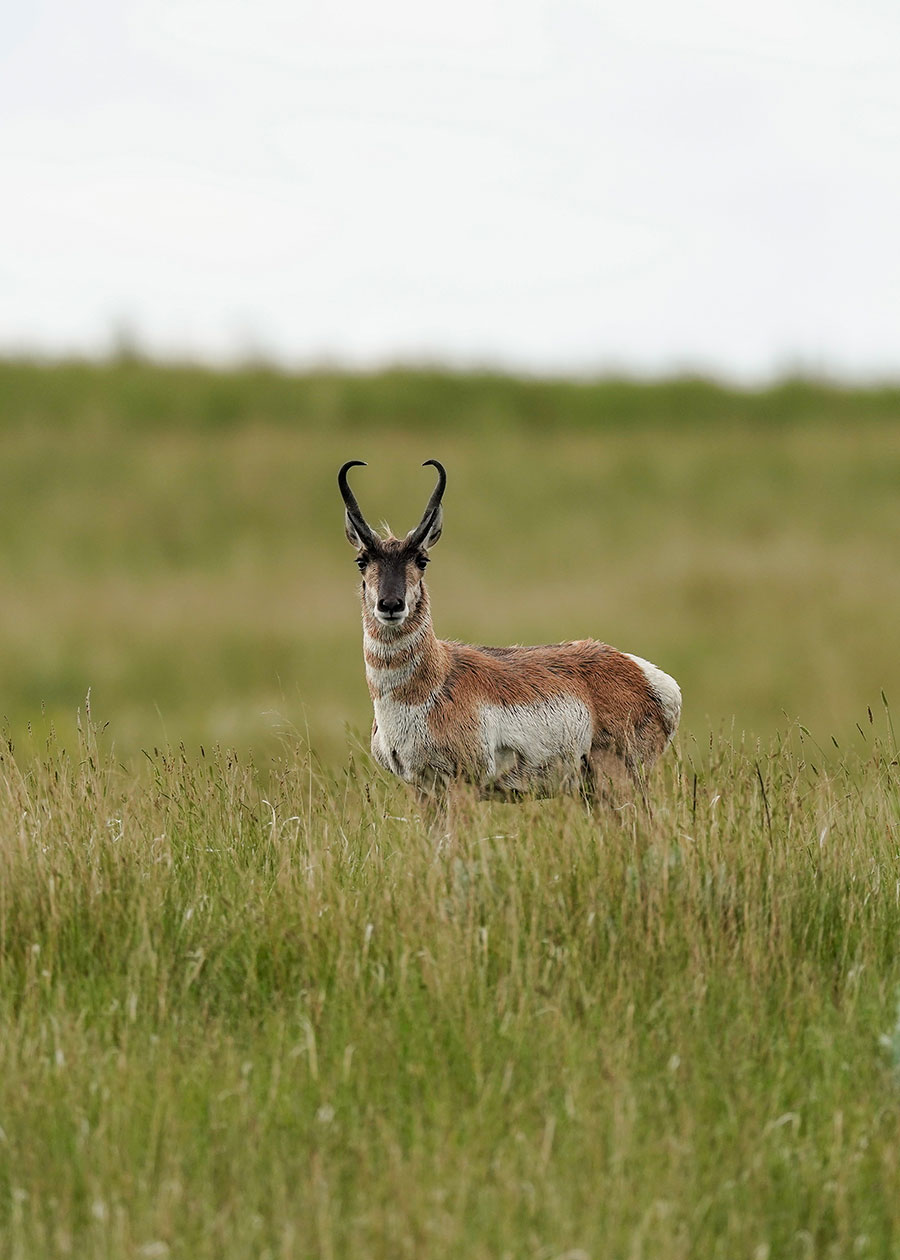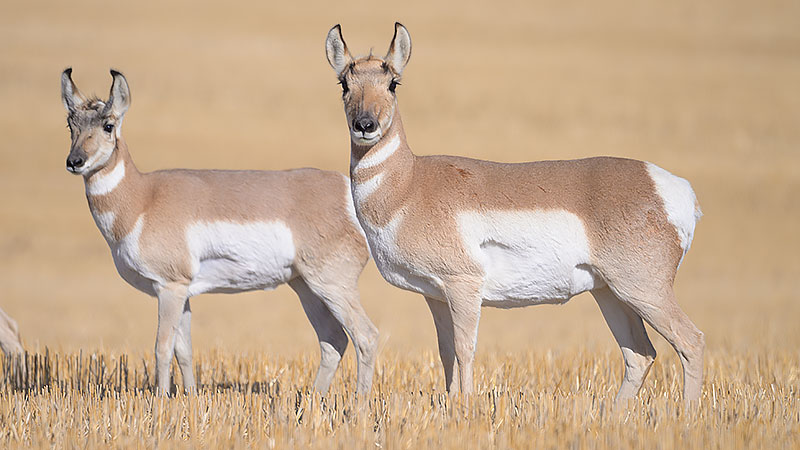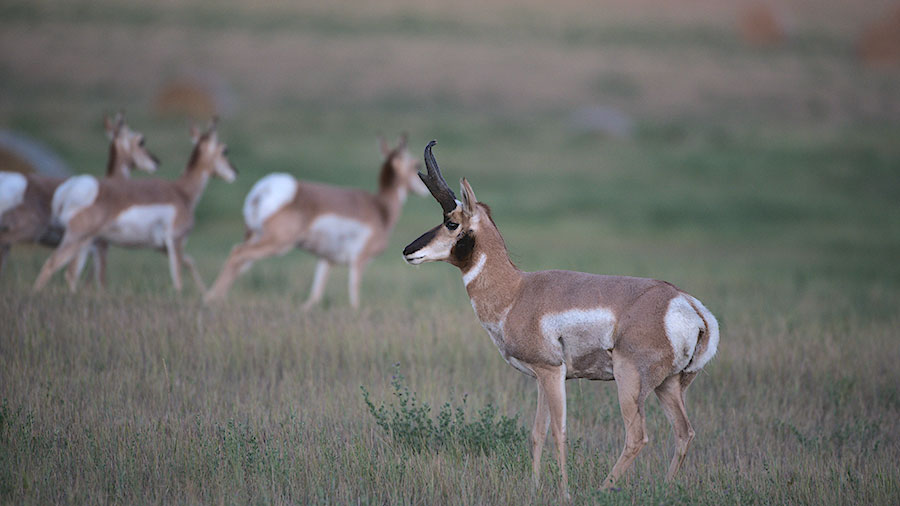Licenses Increased Out West
Ron Wilson

Because not all pronghorn hunting units are created equal, the North Dakota Game and Fish Department made available 45 more licenses than last year despite a decline in the overall population.
“We’re going to have 1,310 licenses available for the 2025 season. Although we saw an overall decrease in the population, many units were relatively the same so we’re able to issue the same number of licenses that we did in 2024. And we were able to bump up a few units that saw population increases,” said Bruce Stillings, Department big game management supervisor in Dickinson.
Stillings said the number of pronghorn licenses to make available to hunters came after Department personnel conducted their annual aerial survey from June 28 to July 10. Five teams scattered across western North Dakota classified more than 6,300 animals in about 1,300 different pronghorn groups. That data was used to generate buck to doe and doe to fawn ratios.
“The population performance among pronghorn in different management regions varied. In the northwestern part of the state, pronghorn were down, and in the northern badlands, hunting units 10A, 1A and 1D, pronghorn were down,” he said. “But in the southern badlands, hunting units 2A, 2B, 3A and 3B, numbers were pretty much the same as they were in 2024. In the Bowman Management Region, hunting unit 4A, numbers were up from last year, while they were relatively the same compared to 2024 east of U.S. Highway 85. So, there’s some variability in how pronghorn did from 2024 to 2025.”
Looking at the big picture, rewinding to summer and early fall in 2024, Stillings said the Department received a number of reports of sick or dead pronghorns. It’s was determined from samples collected from dead animals from the Dickinson, New England and South Heart areas that epizootic hemorrhagic disease was the culprit. EHD typically affects white-tailed deer but can also affect pronghorn, mule deer, elk and bighorn sheep to a lesser degree.

“But last year we did document more pronghorn deaths due to EHD than any of the previous 25 years. So, that’s kind of the first piece of the puzzle that EHD can take adults and fawns during that summer period and early fall when it’s hot and dry,” Stillings said.
Unfortunately, EHD can also have an impact on the next year’s fawn production from adult females as they may have lost a fetus in the early stages of pregnancy or didn’t get pregnant at all.
“When we did our count, and observed over 6,300 animals, the big takeaway was the lack of fawns on the ground, the low fawn to doe ratio of 39 fawns per 100 does,” Stillings said. “The EHD outbreak in 2024 looks like it had a severe impact on fawn production in 2025.”

